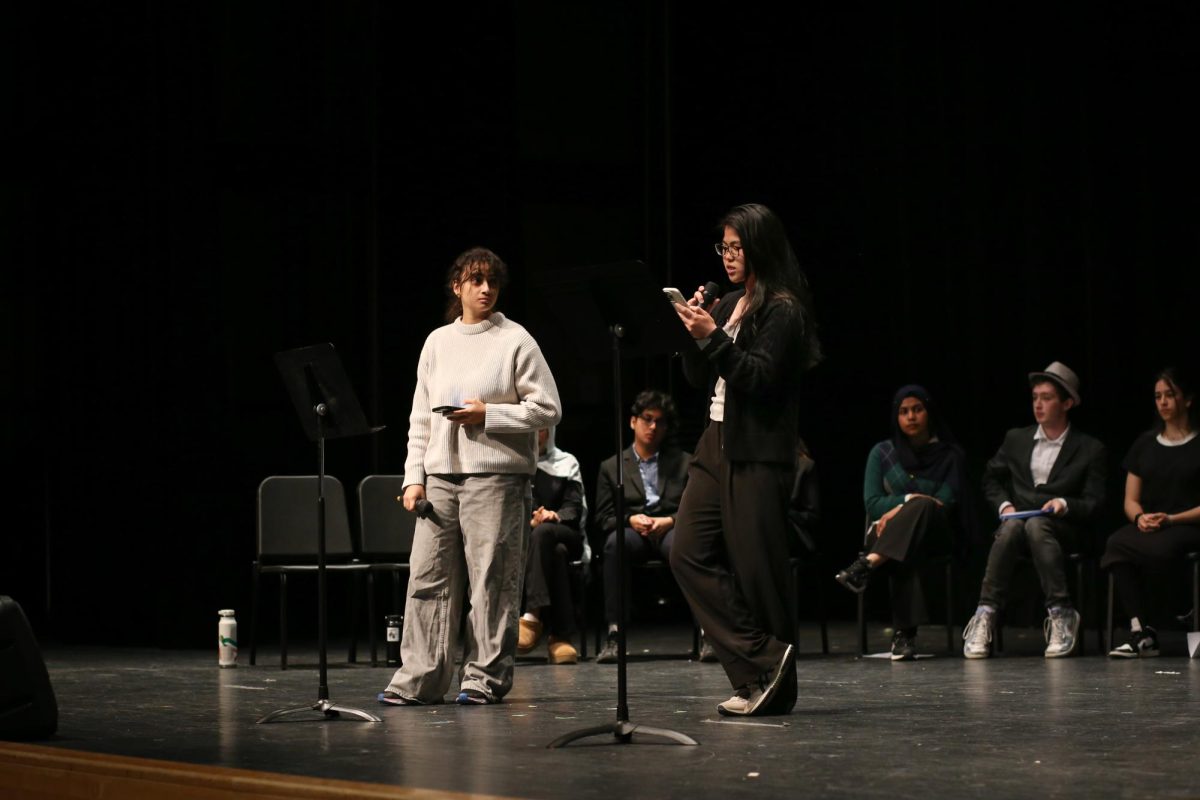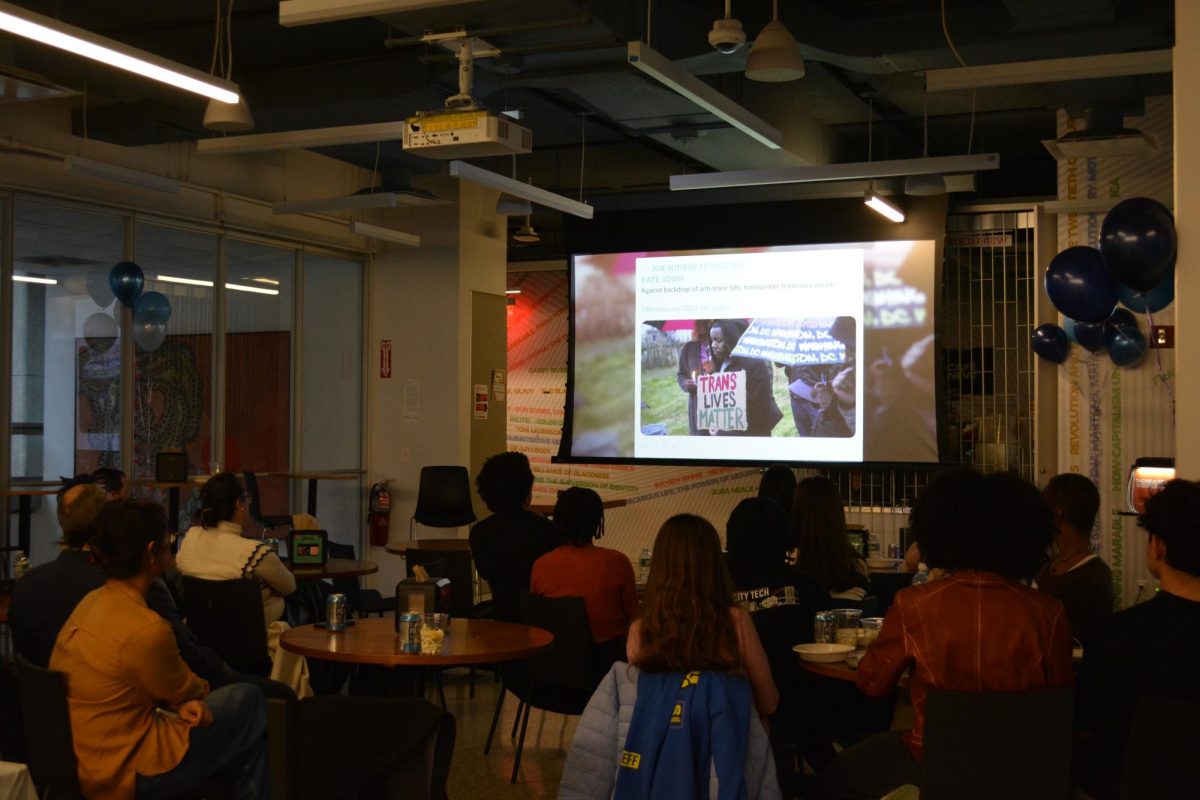
An international collaboration between scientists from the Austrian Academy of Sciences and the University of Science and Technology of China (USTC) has successfully teleported a three-dimensional quantum state, called a qutrit. Only two-dimensional quantum state teleportation was previously possible. This incredible feat could define the future of quantum computers and data security.
On April 28, quantum physicist Guang-Can Guo and his colleagues at the USTC reported the findings in a preprint paper. This was followed by one from Anton Zeilinger and his colleagues of the Austrian Academy of Sciences on June 24.
In classical computing, which is what maintains the function of modern and common technology, devices store information with bits utilizing a linear binary base of 0 or 1 in a pattern. In quantum computing, however, these bits can be both inputs 0 and 1 with the same piece of hardware because of a phenomenon in quantum mechanics called superposition. Superposition is when phenomena of the same kind, for instance polarization and wavelength, merge so that they can simultaneously exist in the same event. This bit is called a qubit, and within 20 of these qubits, there are over a million states of superposition.
In addition to linear binary systems, classical computing also uses a linear tertiary base of 0, 1, or 2 in a pattern. The same principle of superposition allows all 0, 1, and 2 to produce a qutrit, enabling greater computational speed. What the Chinese and Austrian researchers were able to accomplish is to transport a photon from one qutrit location to another.
“First, we had to design an experimental method for implementing high-dimensional teleportation , as well as to develop the necessary technology,” said Manuel Erhard from the Vienna Institute of Quantum Optics and Quantum Information of the Austrian Academy of Sciences in a press statement on August 23.
According to phys.org, the researchers used a novel experimental method that applied the Bell state of entanglement based on a multiport beam splitter and the three-way path of a photon. This directs the photon through all inputs and outputs and connects the three optical fibre pathways. Supplementary photons were also inserted into the beam splitter that can interfere with the other photons. Through selection of specific interference patterns, quantum information can then be ‘teleported’ to another proton without physical interaction. This is possible with any number of dimensions, as was theorized in the 1990s. (University of Vienna).
“It is exhilarating that researchers have translated a theory to experiment. This is truly great progress in scientific development,” said sophomore Jocelyn Wang.
“The basics for the next-generation quantum network systems is built on our foundational research today,” said Jian-Wei Pan from USTC in an article by Popular Mechanics.
Today’s encryption software uses a large number whose ‘key’ are two prime factors to protect your data. These crypted numbers can range in size, but are so complex that they discourage hackers from cracking them. As quantum computers evolve to be more efficient, they could easily access your data by breaking the encryption almost instantaneously. Using superposition and interference patterns, these principles are incorporated into Shor’s Algorithm, which produces the keys to the large number. The time in which this occurs with quantum computers is exponentially faster than that with current classical computational processes. Therefore, anyone with a powerful quantum computer may put current data security at risk.
“It’s terrifying to know that there is a possibility that data, what I thought to be so secure, is actually susceptible to attacks and accessibility to someone else,” Jocelyn said.
However, developments in using quantum entanglement in computing could increase your data security as well. In theoretical physics, entanglement occurs when a state of one particle is correlated to the other. You can separate these particles to be light years apart, but as long as you know the state of one, you know the state of the other. Einstein famously coined this “spooky action at a distance.”
Quantum computers could process algorithms with greater speed since entangled particles contain and influence much more information than classical computing. Using the principles of quantum entanglement, one can encrypt a message using a cryptographic key that is embedded in entangled particles. The receiver must have the key of the encryption. Occasionally, you perform a Bell test, which gives information of the entangled particles and notifies you if the message is susceptible because of some defects or if someone attempted to intercept the information.
As humans advance to the future by venturing further into the frontiers of science, normally zest and curiosity makes scientists oblivious to the arcane complexities of the unknown. That vulnerability makes many oblivious, yet that is what drives scientific innovation. It is encountering puzzles that have ramifications beyond our understanding, but must be dealt with prudence. Sometimes, science for discoverers is merely a logical imagination, not yet reality until it is defined by experiment. The prospects for quantum computing are great and exciting, yet one must always remember to proceed with curious attentiveness.
Art courtesy of Jerin Tasnim



























